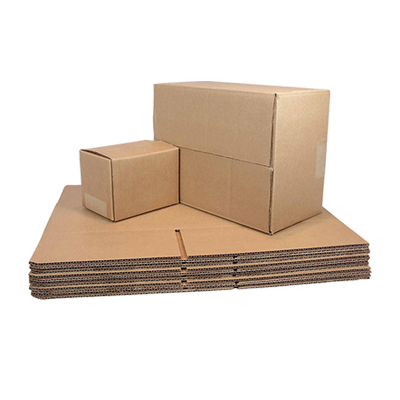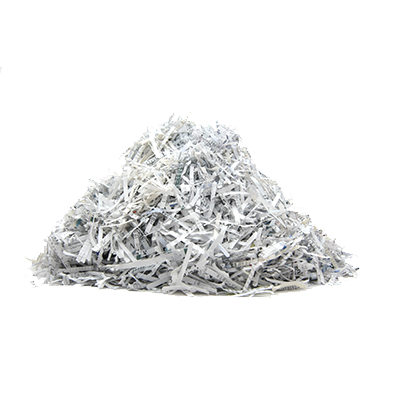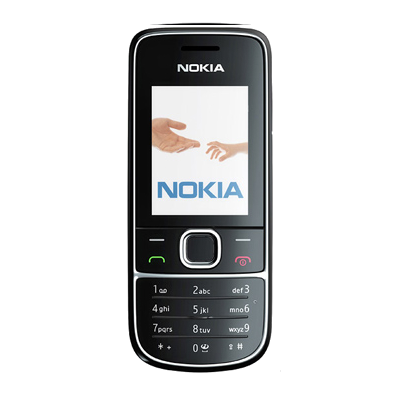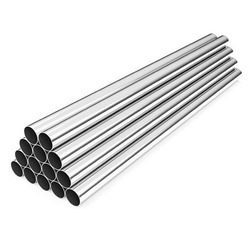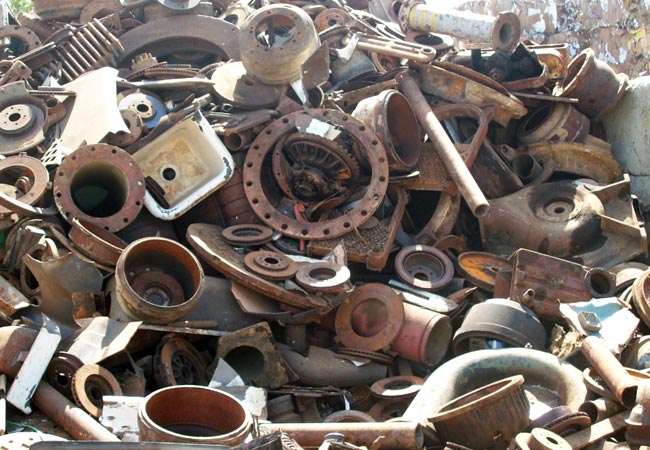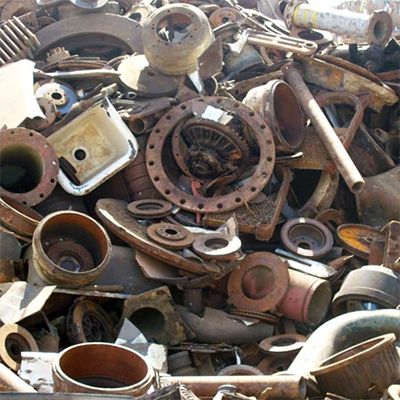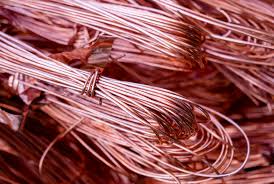
2020-08-10
Bamboo: A Sustainable Alternative
The word ‘bamboo’, comes from the Dutch or Portuguese language and is popularly known as bans in Nepal. Bamboo is an evergreen perennial flowering plant which is available throughout the country, and at different altitudes throughout the world. Bamboo comprises many different species, all of which have unique growth rates and characteristics. Due to varying altitudes in Nepal, we can export bamboo and its products throughout the world.
One of the most interesting parts of this plant is fast growth. Certain species of bamboo can grow 910 mm (3.4 inches) within 24 hours. It does not need any pesticide compared to other plants, grows with less amount of water, bears high density and strength with comparison to the wood and is actually more flexible than wood. Since it grows easily, does not need highly fertile soil or good water supply and supports soil erosion through deep and widespread roots, it is commonly found in the sloped hilly region, plain lands, and alongside riverbanks.
Other benefits are:
1. Bamboo doesn't need pesticide to grow, which makes the environment fresh and clean.
2. It produces 35% more oxygen than other plants like canna and elephant’s ear.
3. The young shoots of bamboo are commonly used as a source of food. In Nepal bamboo shoots are consumed as tama in the form of curry, soup, etc., It is rich in protein, fat, and vitamin B. It is also a good source of dietary fiber. Bamboo shoots contain potassium which is important for a healthy heart and to maintain blood pressure.1
4. Bamboo can be used in the source of medicine which helps lessen asthma, coughing, gallbladder stones, and kidney diseases. Roots and leaves are used to treat symptoms of cancer and other severe diseases.2
5. Drinking bamboo shoot juice helps with weight loss, balanced cholesterol levels, and a boosted immune system.3
6. In earthquake-prone areas like in Nepal, the bamboo huts of lightweight and cost-effective sources of construction are favorable choices. In Costa Rica an earthquake had hit the country having it as an epicenter of magnitude 7.6 in 2012, all 30 houses had survived without making any damages.4
7. Bamboo is used to make clothes and those people who have worn the clothes of bamboo material have commented that it is twice as soft as a cotton t-shirt and 3 degrees cooler than the cotton wears.5
8. The bamboo can be used for many purposes like floor parqueting, making furniture, walking sticks, chopsticks, building materials, fish poles, and paint brushes among others.6
Beco products are products that are made up of bamboo and corn starch. It is made up of plastic-free. It is environmentally friendly and even the packaging is made up of recycled. It is affordable and makes the earth live a bit longer. Beco products are sustainable, stronger, and durable. We have a kitchen towel, tissue roll, facial tissue, and a garbage bag.
Let’s promote the bamboo products – renewable and sustainable materials locally available that do support farmers, local artisans, and craftsmen. Be environment friendly for a safe and better world!
References:
1. http://m.xmsdfood.com/frozen-vegetables/frozen-bamboo/iqf-bamboo-shoots.html
2. https://www.alamy.com/stock-photo-chinese-medicinal-herb-ingredients-used-in-traditional-herbal-medicine-101537685.html
3. https://www.buckhead.com/bamboo-juice-delivers-nutrition-to-buckheads-doorstep/
4. https://www.pinterest.com/pin/634163191261862301/
5. https://householdwonders.com/reasons-to-wear-bamboo-clothing/
6. https://himalayanbamboo.com/bamboo-solid-flooring.php
7. https://www.britannica.com/plant/bamboo
8. http://archive.nepalitimes.com/news.php?id=4149#.XrpFm2TBWPU
9. https://www.treehugger.com/green-architecture/bamboo-houses-stand-up-to-earthquakes.html






